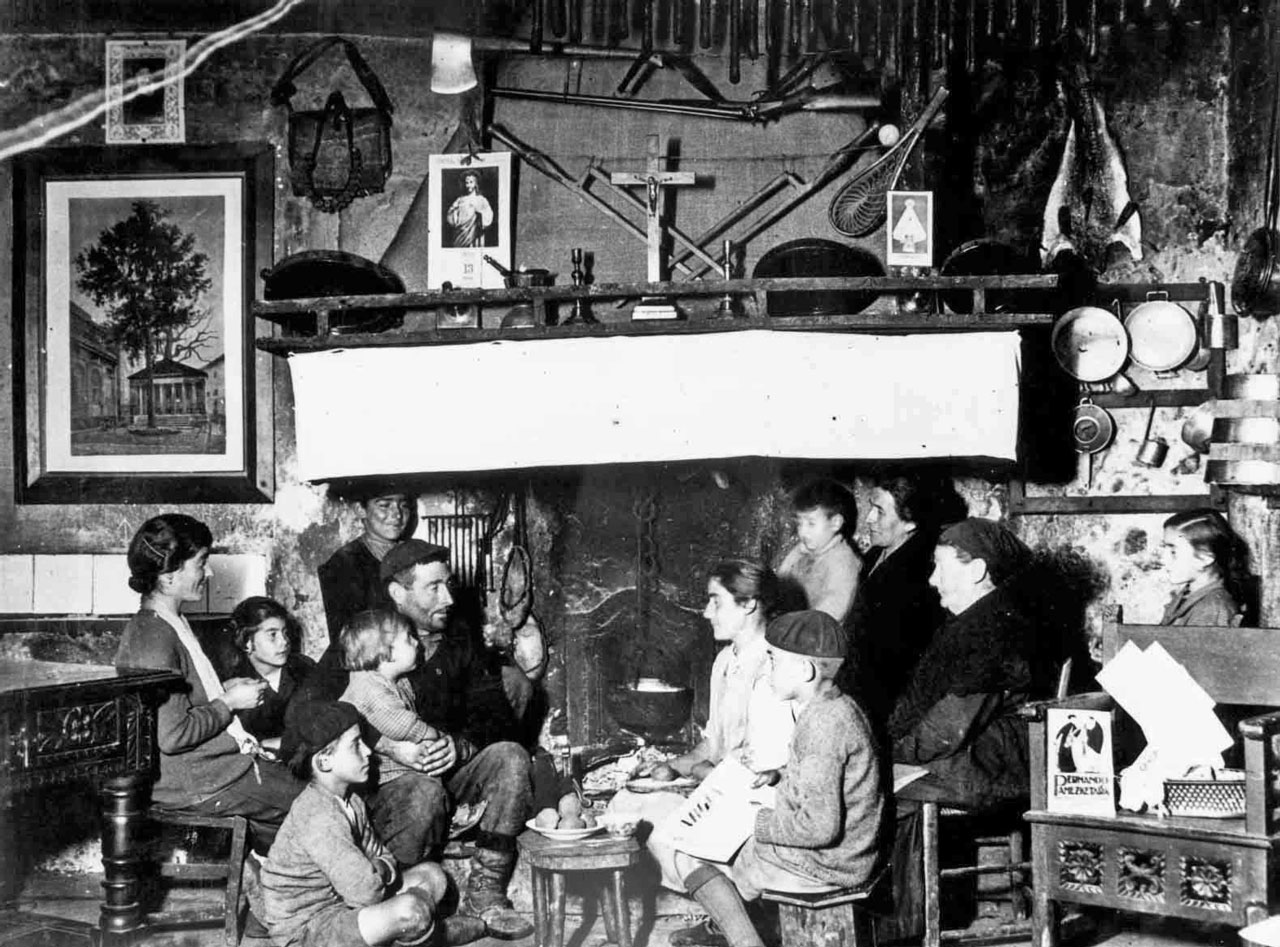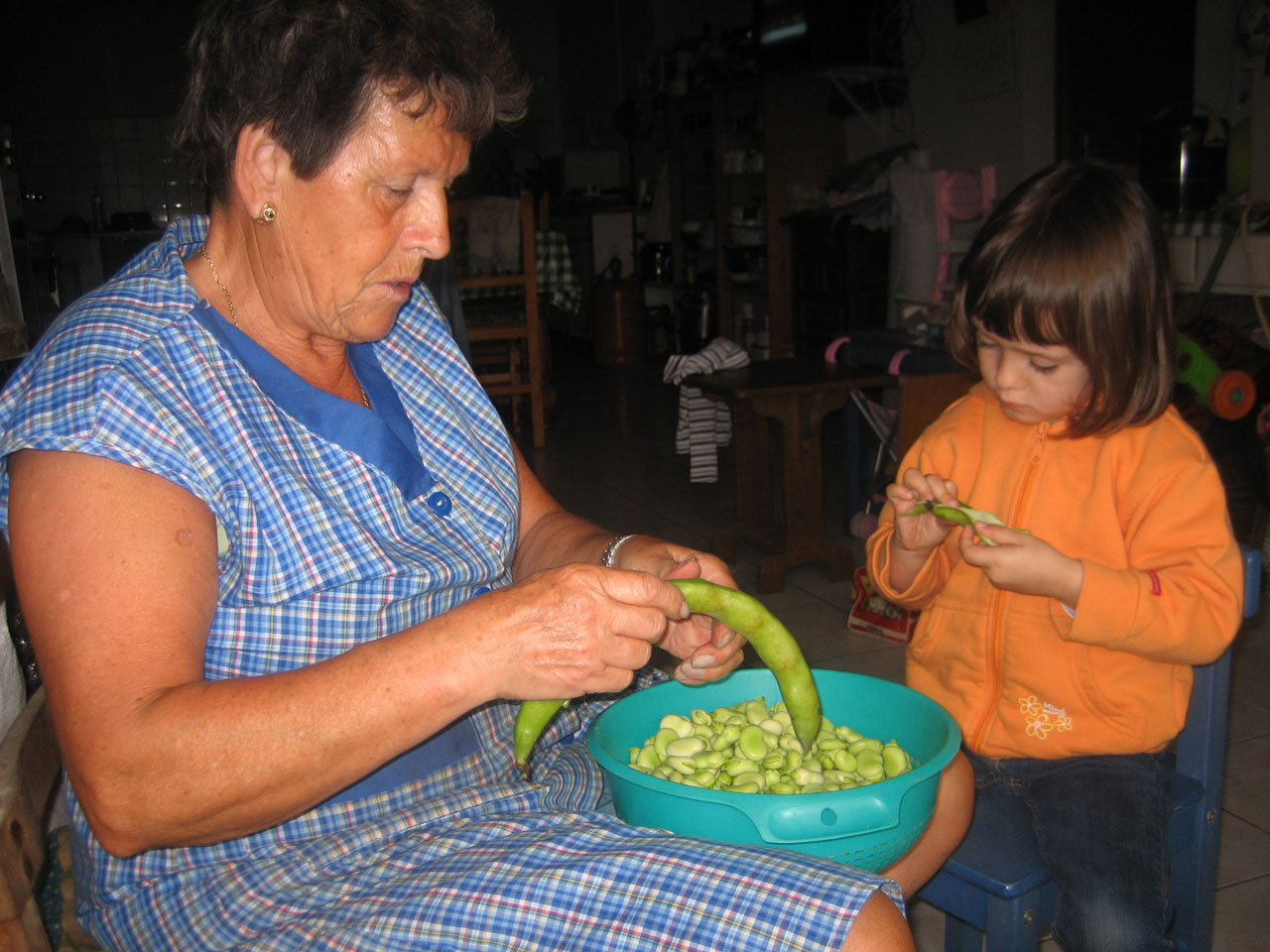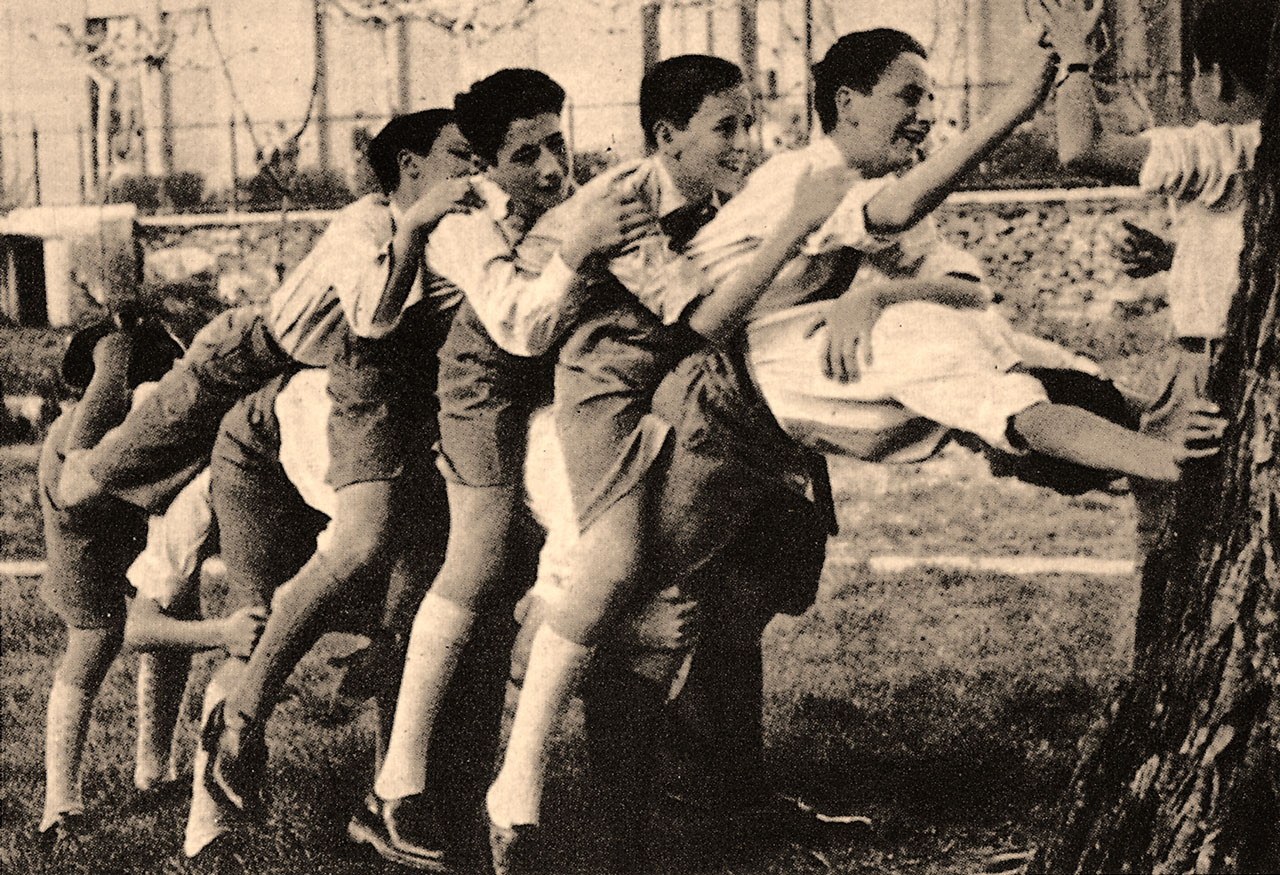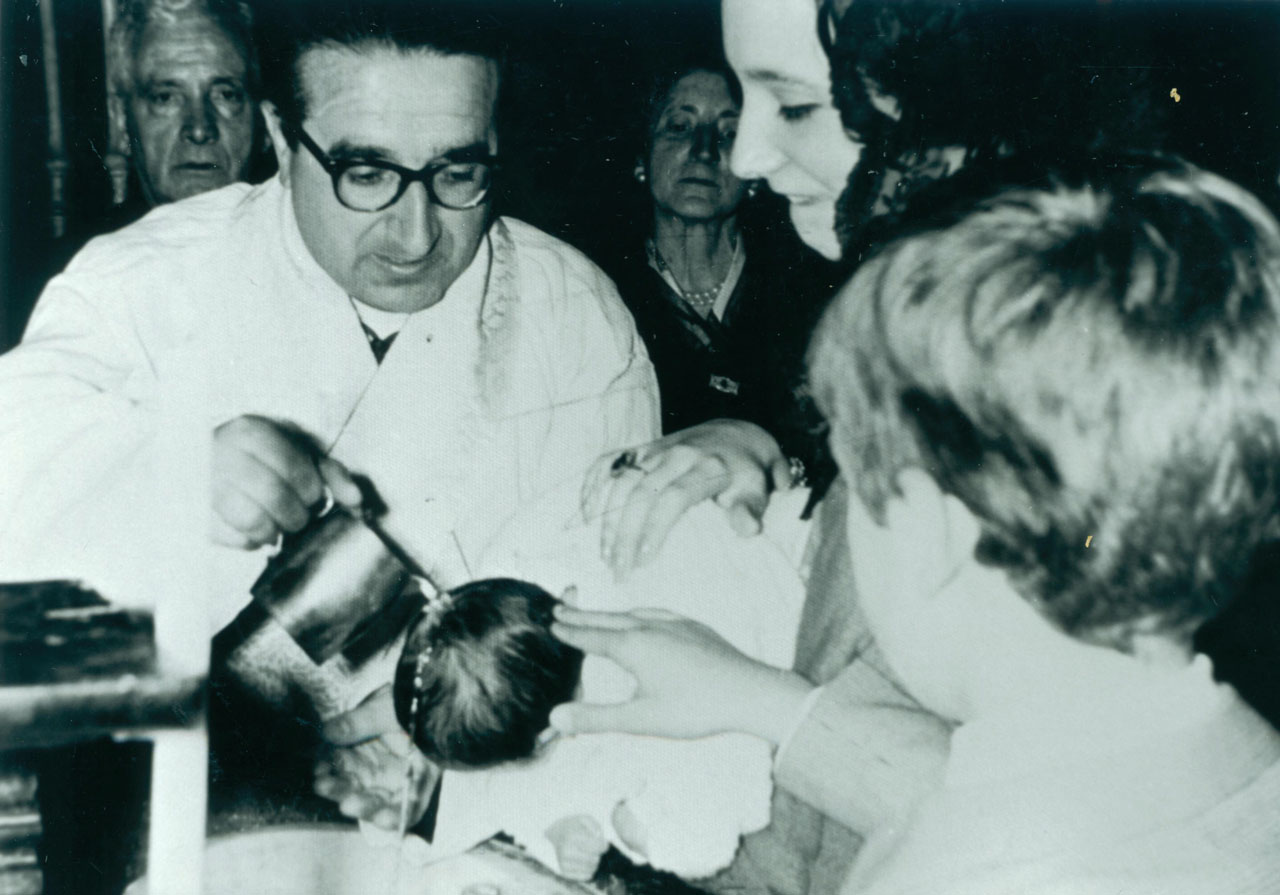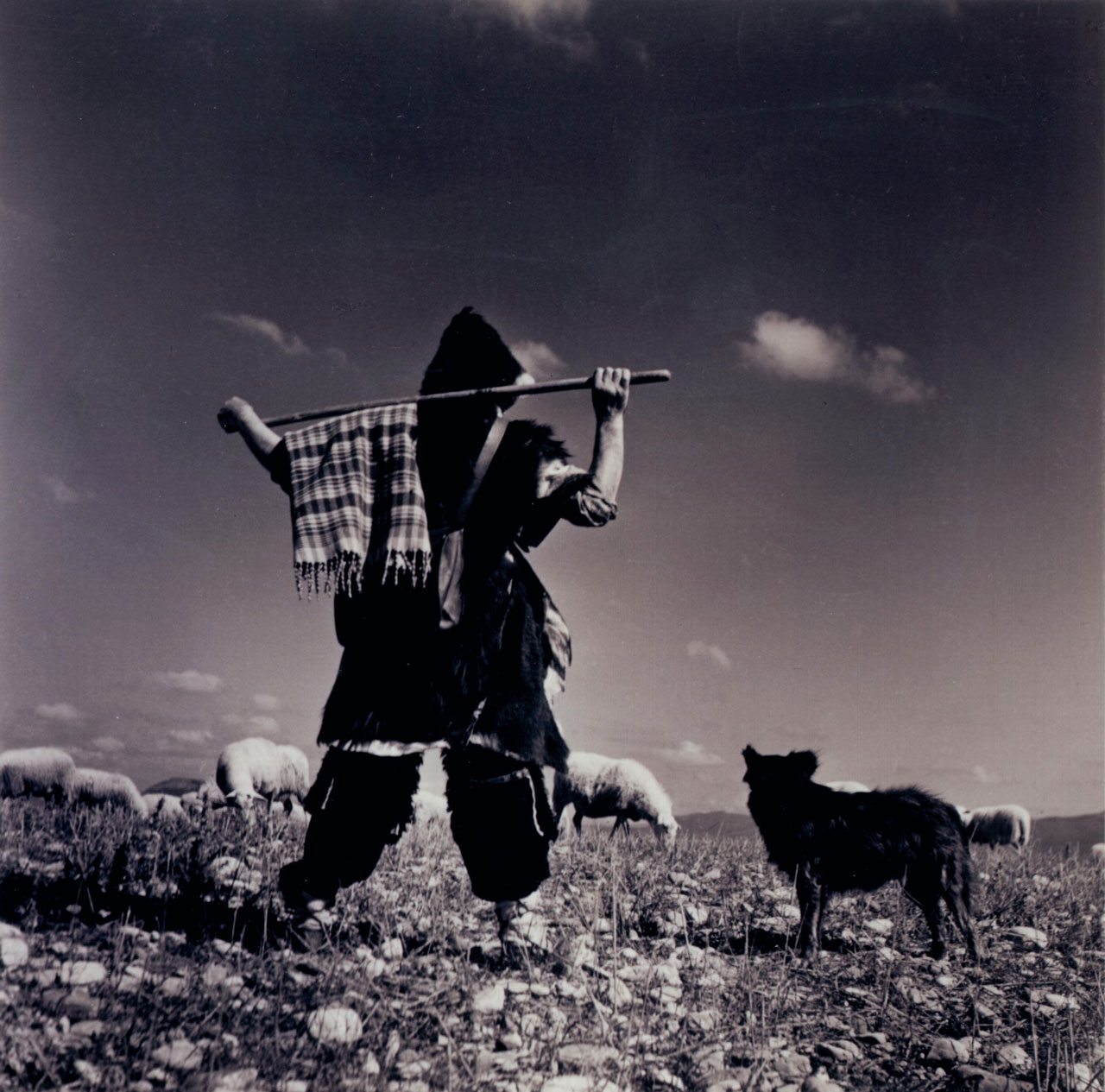Ethnographic Atlas of the Basque Country
De Atlas Etnográfico de Vasconia
Revisión del 13:05 11 mar 2020 de Admin (discusión | contribuciones)
House and Family in the Basque Country


House and Family in the Basque Country
Gure etxean sua batzen, gure etxean aingeruak sartzen. Angels dance happily in a clean house.
Family Diet in the Basque Country


Family Diet in the Basque Country
Beans and broad beans were the most widely grown legumes and were traditionally an important part of the diet.
Vegetal clothing and accessories. Egozkue (N), 1967. Source: José Zufiaurre, Etniker Euskalerria Groups.
Children’s Games in the Basque Country


Children’s Games in the Basque Country
Akerrak adarrak okerrak ditu, adarrak okerrak akerrak ditu, okerrak adarrak akerrak ditu. Tongue-twister
Traditional Medicine in the Basque Country


Traditional Medicine in the Basque Country
Verrugas tengo, verrugas vendo, aquí las dejo y me voy corriendo.Formula against warts
Rites from Birth to Marriage in the Basque Country


Rites from Birth to Marriage in the Basque Country
After giving birth, women would remain confined for a period that ended with the rite of being churched, elizan sartzea.
Funeral Rites in the Basque Country


Funeral Rites in the Basque Country
Each homestead used to have a burial site inside the church’s nave. When burials were transferred to cemeteries, the once real burial site in church became a symbolic family grave, were offerings of light and bread were made to their dead.
Shepherd wearing a cape. Eriete (N), 1959. Source: Archive of the Museum of Navarre: Nicolás Ardanaz Collection.
Livestock Farming and Shepherding in the Basque Country


Livestock Farming and Shepherding in the Basque Country
Nolako artzaina, halako artaldea. Every animal ends up looking like their master.
Agriculture in the Basque Country


Agriculture in the Basque Country
Until the 1950s, flour mills were an essential aspect of the livestock-farming economy of our villages.
